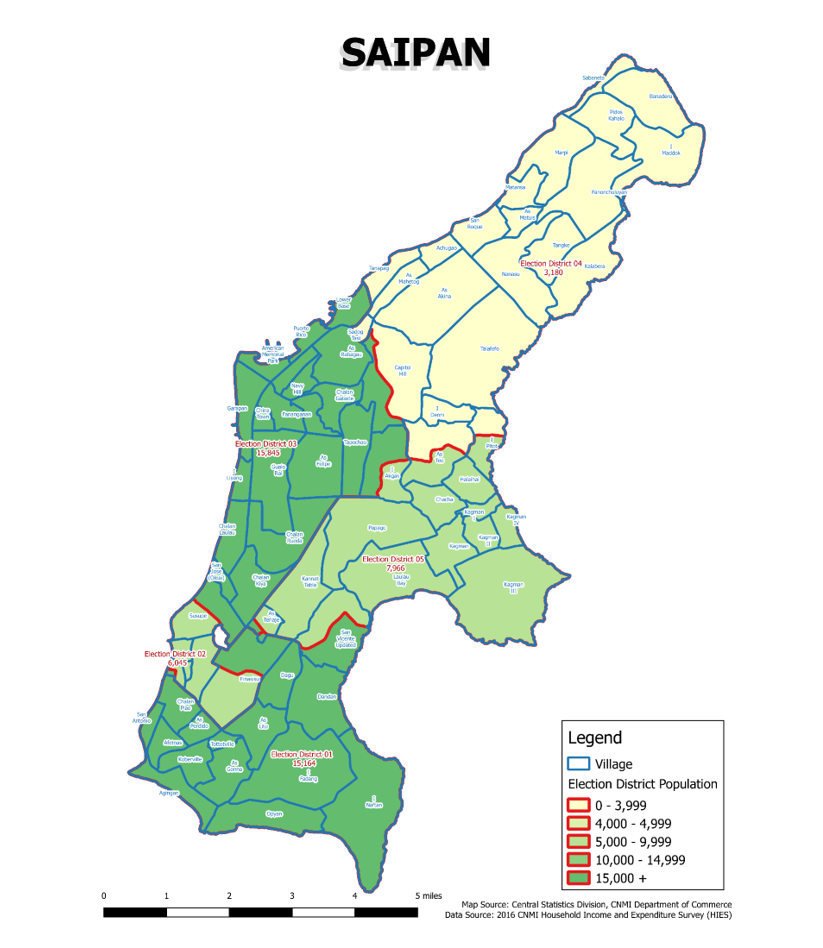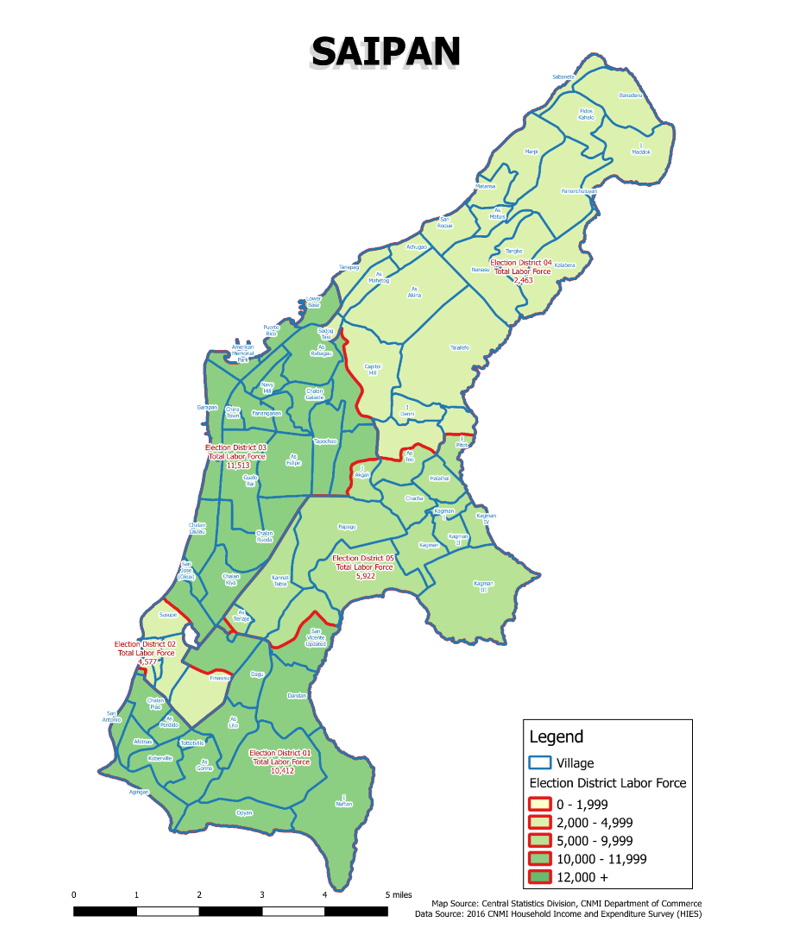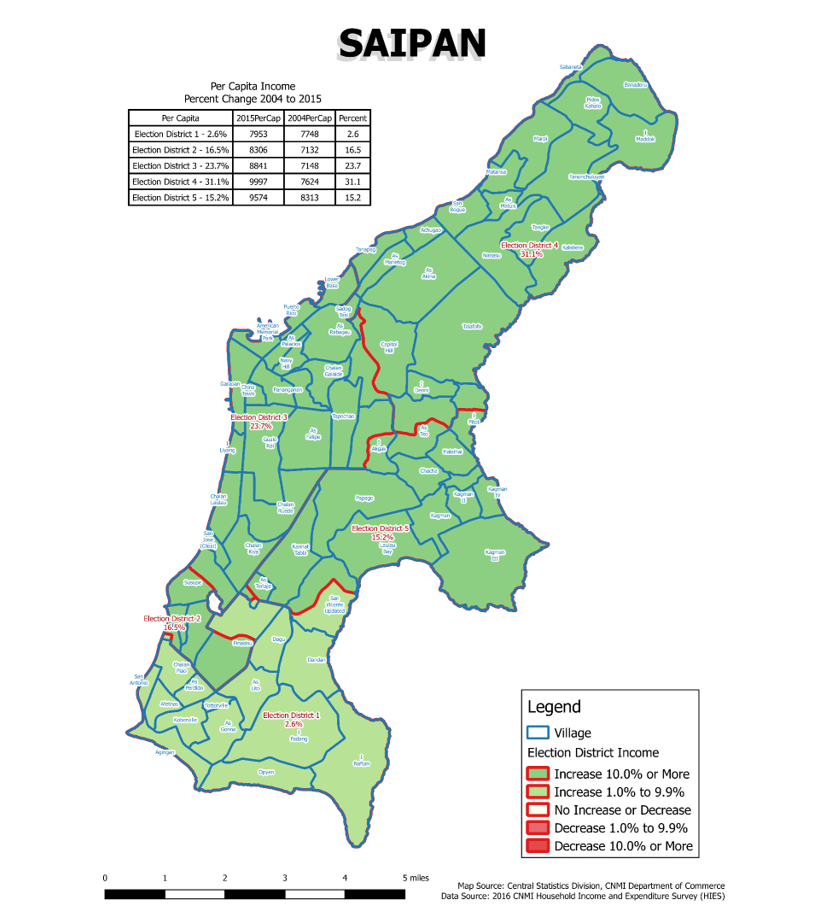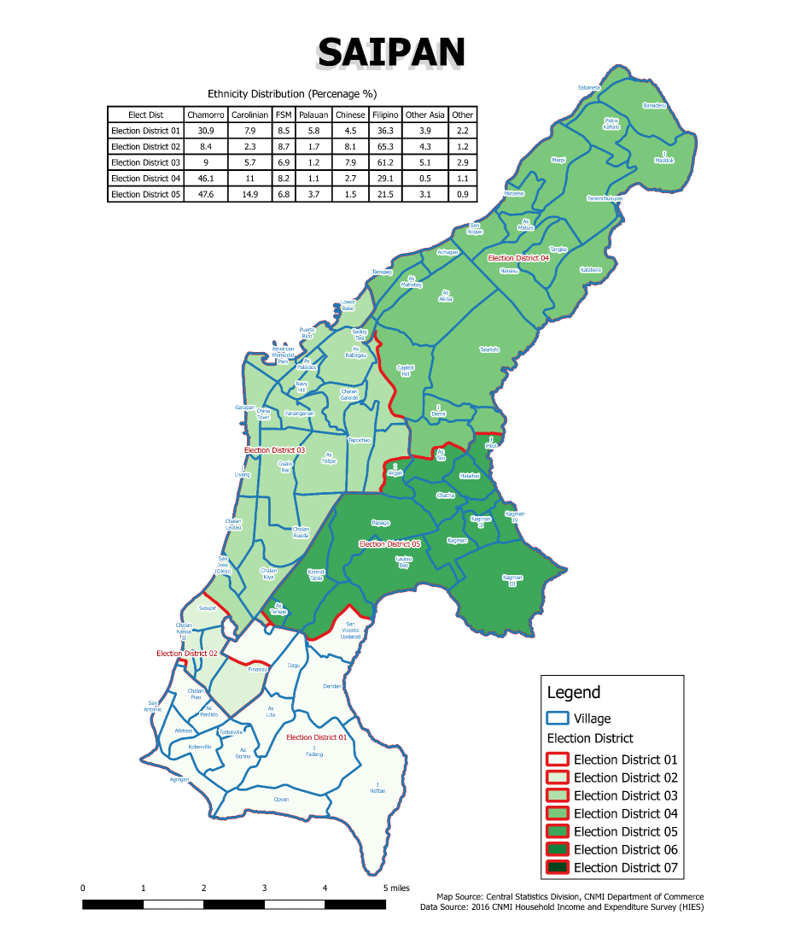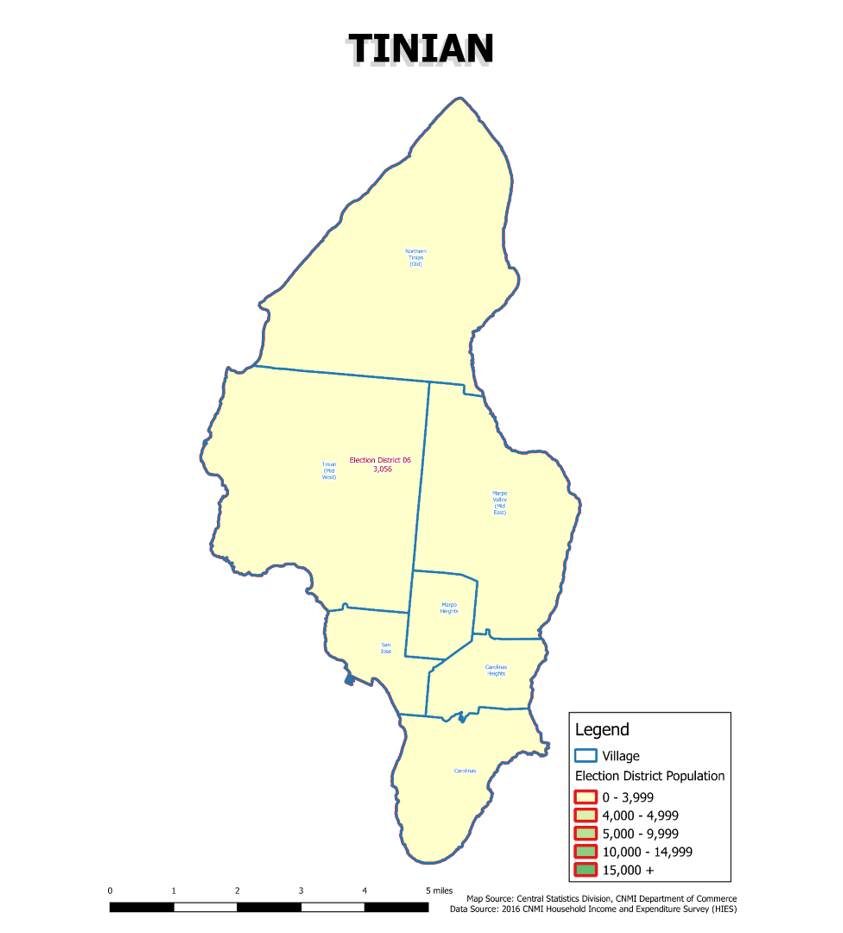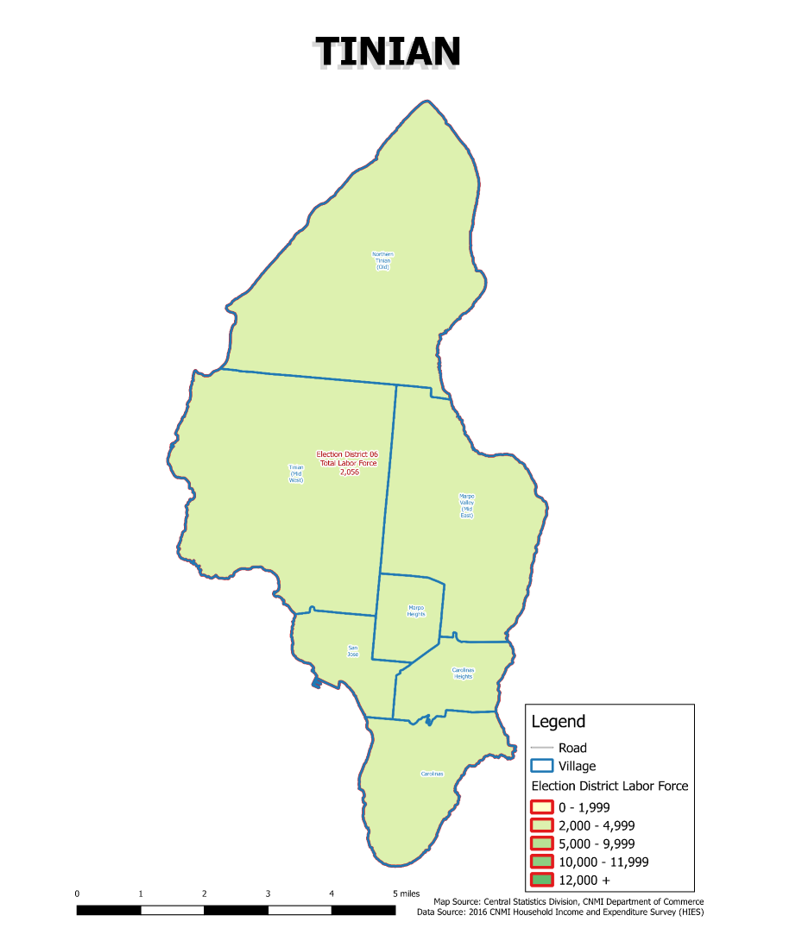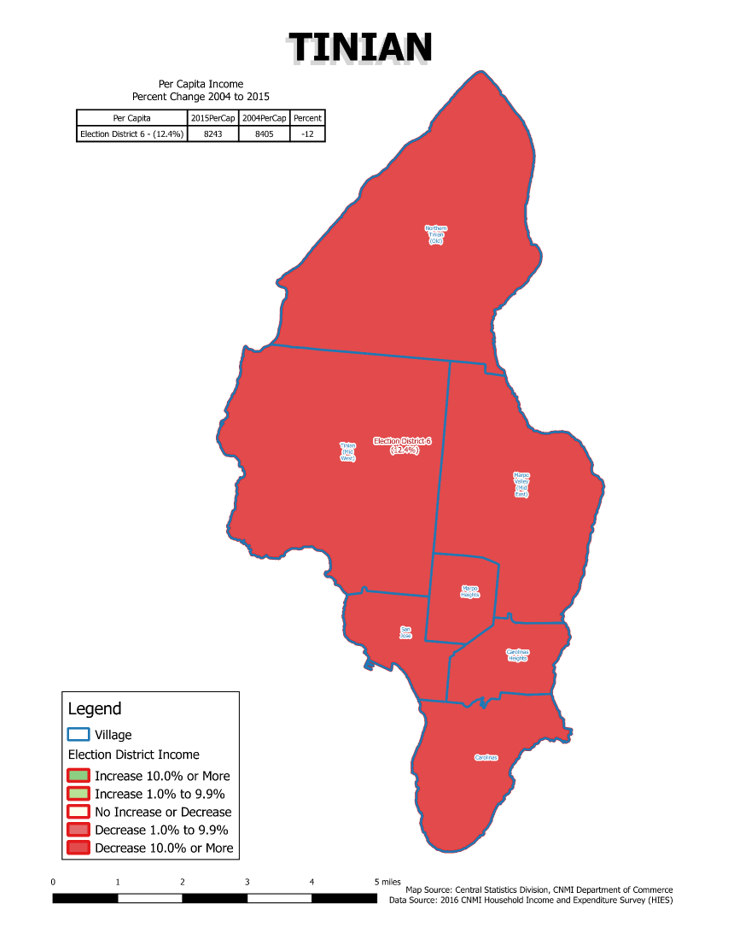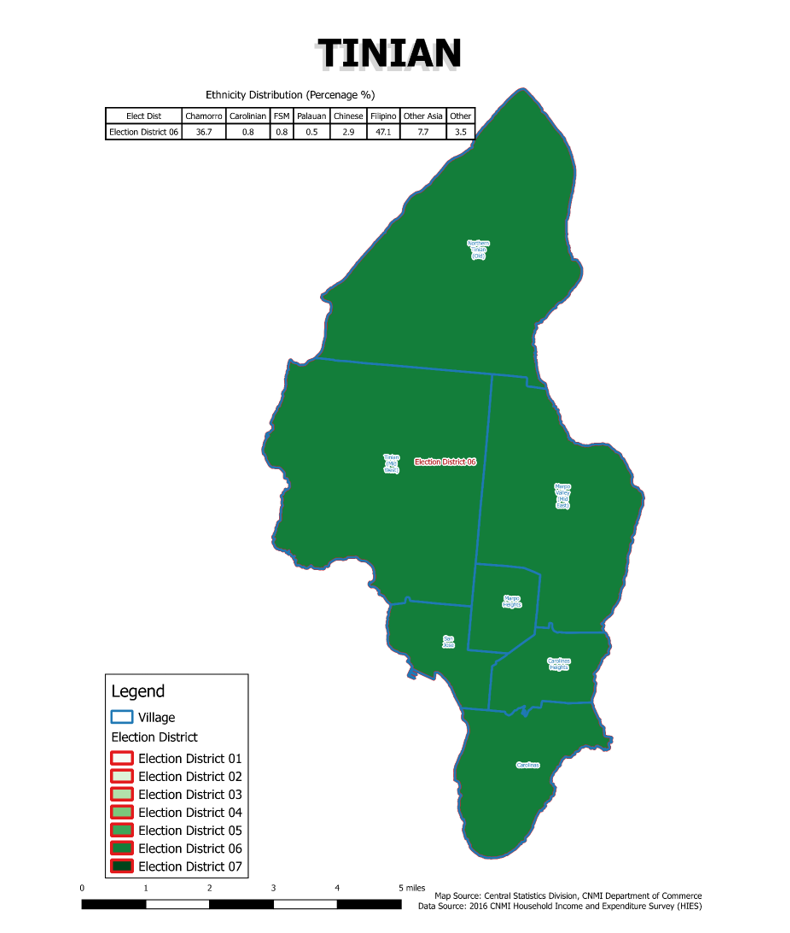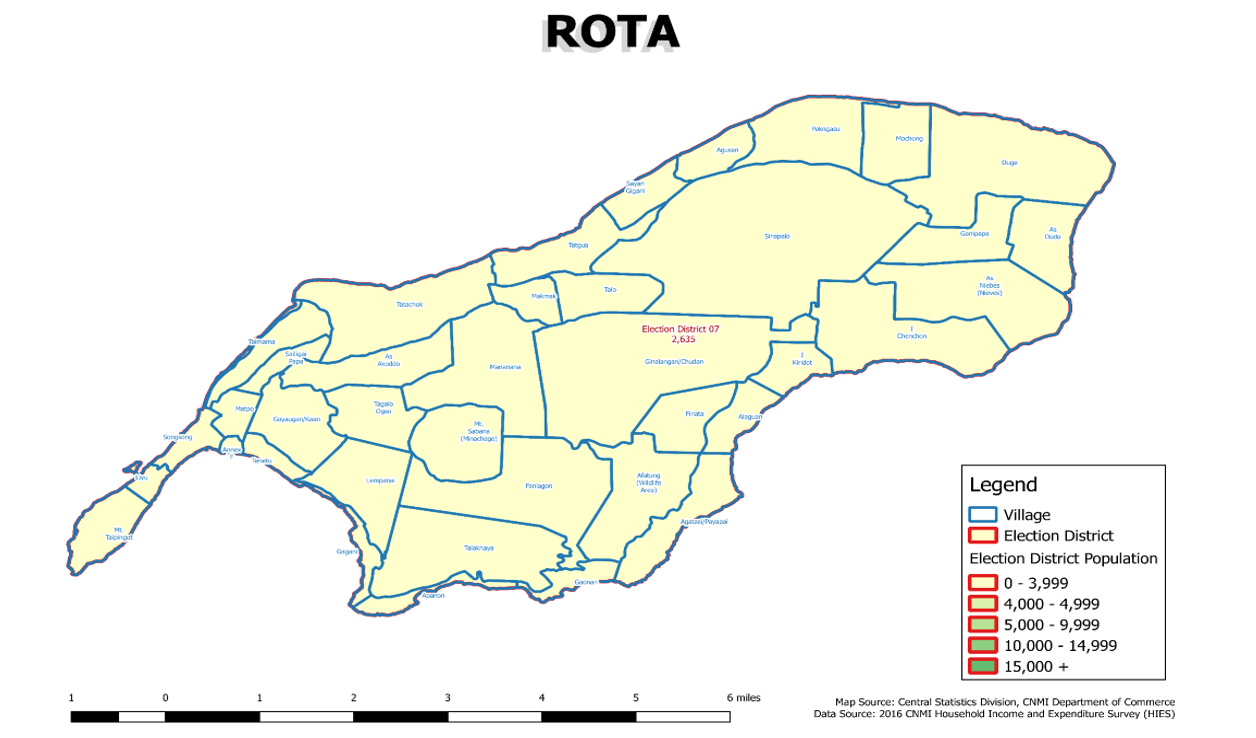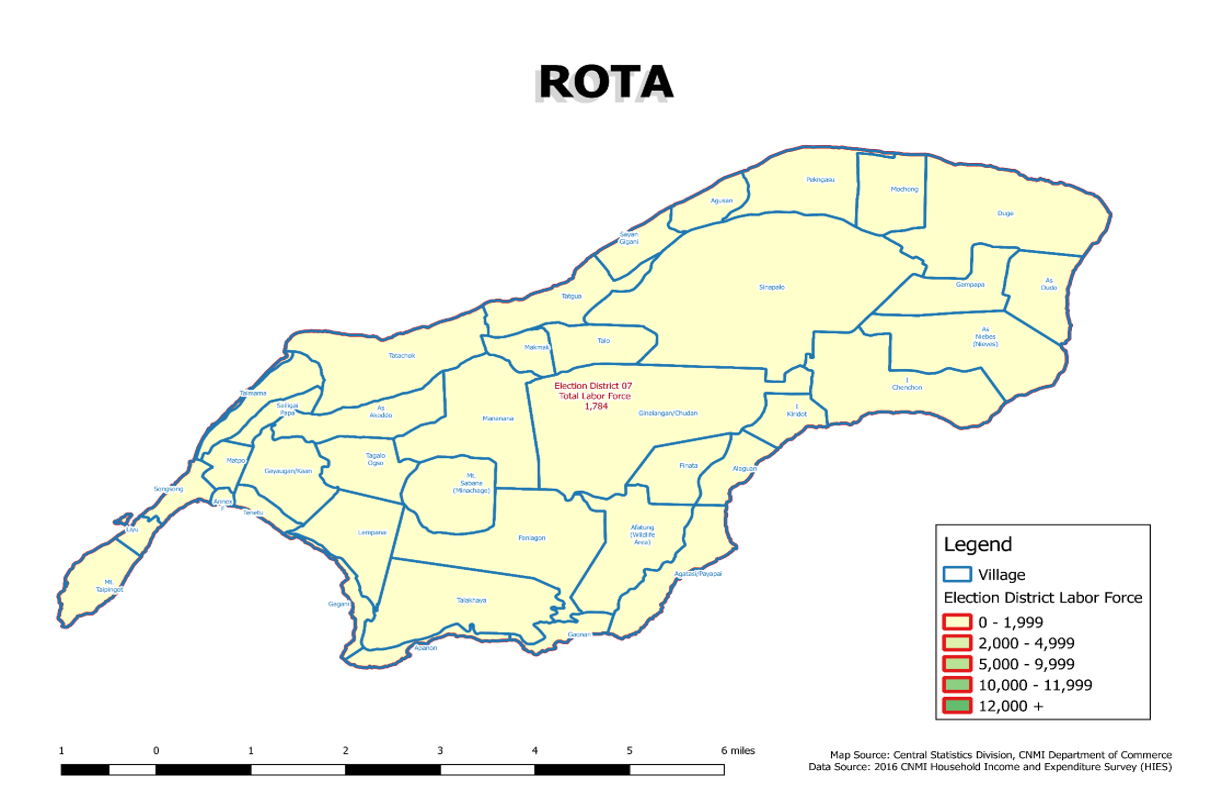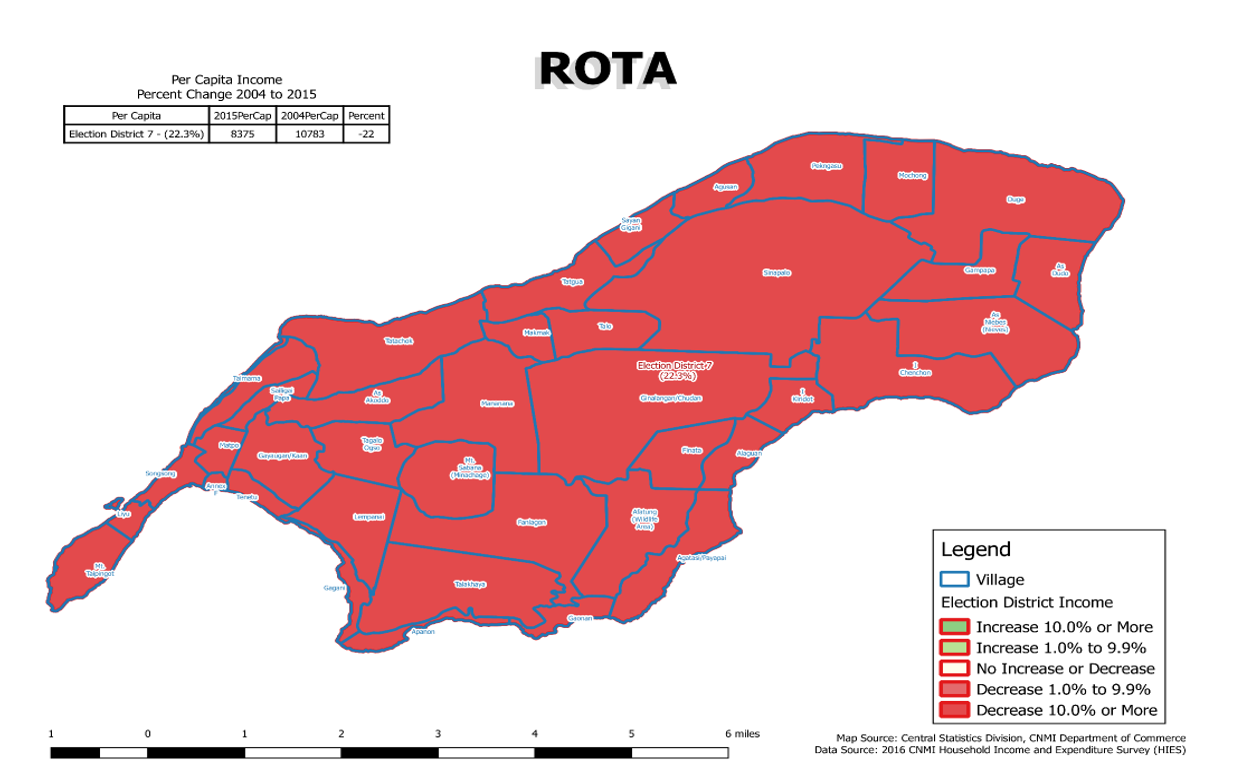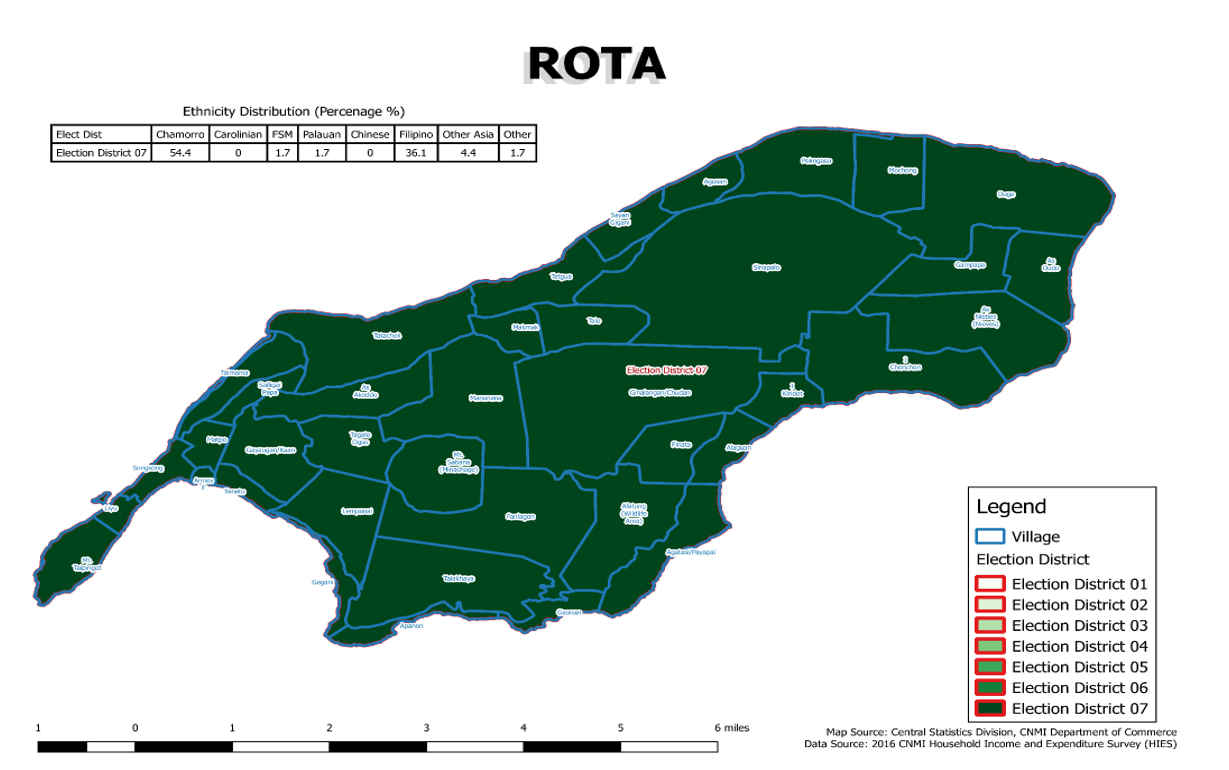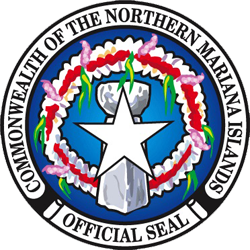HIES 2016
• To provide new expenditure weights, identify items for a “basket of goods and services,” determine where people purchase goods and services, and other useful expenditure details for the revision of the Commonwealth of the Northern Mariana Islands Consumer Price Index.
• To supplement personal consumption expenditure in compilation of National Accounts and Gross Domestic Products.
• To obtain selective eating habits and nutritional intakes of residents.
• To provide population count, population characteristics on labor force, income, employment and other key population and housing characteristics needed for policy making decisions.
The survey was funded with a technical assistance grant from the U.S. Department of the Interior’s Office of Insular Affairs (OIA). OIA funded simultaneous grants to the Commonwealth of the Northern Mariana Islands, American Samoa and the Virgin Islands for this round of HIES surveys as they did for the 1998 and 2005 rounds. These grants provide funding to produce individual market baskets and Consumer Price Indexes (CPIs) as well as allowing for comparability across the U.S. Insular Areas as well as with the U.S. itself.
(1) A “regular” Questionnaire that had items for housing, population, and regular and annual expenditures; and,
(2) A Daily Diary for all members of the household to record their daily expenditures on food, entertainment, and other items for a two-week period.
Most of the expenditures items were the same as in the 2005 HIES, and so were brought up to date. Mr. Brian Hannon, a Survey Statistician and a Consumer Price Index expert, contributed to the survey instrument by providing new items and their codes which were used for the CPI part of the project.
The survey used Census Bureau conventions, as have all surveys since the 1980s in Commonwealth of the Northern Mariana Islands. Each enumerator had a booklet of Enumerator Instructions which outlined the procedures – how to find the units, how to introduce themselves, how to work in difficult situations, and so forth. They also carried a Questionnaire Reference Book (QRB) which covered each question on both forms – how to ask the question, what the information is used for, special cases and potential problems.
Each enumerator also carried assigned Map sets and Address Registers with the listing of the housing units that were selected to be enumerated in the survey area. Enumerators use this map set and the front portion of the questionnaire to track and make notes of their visits, including any problems encountered that might require supervisor’s assistance. They also carried forms called “Sorry we missed you” if no one was at home so the respondent could call in to set up a time for the initial enumeration. Another form was the Individual Survey Form to be used when one person was away from the house at the time of enumeration which the enumerator would collect later. They carried a document that explained the confidentiality of the survey to the respondents as well as a letter from the department head that explains the purpose of the survey. And, finally they carried a Refusal form to be filled when the respondents refused to be enumerated.
Each household received a diary when the first visit was completed, and the enumerator returns at the end of 2 weeks to pick it up.
To make sure all enumerators on Saipan, Rota and Tinian were trained exactly same and to be consistent with U.S. Census Bureau standards and procedures, a Guide for Training Enumerators was prepared based on the previous HIES, but updated for current changes in the expenditures. The Guide was developed to be read verbatim at all training sites to keep consistency among the enumerators and supervisors.
Data collection for Rota and Tinian was coordinated and collaborated with the Department of Commerce offices on the respective islands. The Resident Directors on Rota and Tinian helped recruit enumerators and field supervisors. Applications were sent to the CSD office in Saipan for hiring process.
Training workshops were held separately on each island for data collectors and Field Operations Supervisors on Rota and Tinian; however, in Saipan, enumerators, data clerks and the Office Supervisor were trained at the same time. A verbatim training technique was used to ensure standardization and understanding of survey procedures while providing necessary survey manuals to all survey staff. The purpose of these workshops was to ensure uniformity in data collection procedures. Each interviewer was required to make a minimum of three callbacks if no suitable informant was available for the household interview at the time of the interviewer’s visit.
The FOS on Rota and Tinian were responsible for the overall management of their respective field teams. The main responsibility of the FOS was to review questionnaires for completeness, consistency, legibility of the information collected and to ensure that all necessary corrections and clarifications were made while still in the field. An additional duty of the FOS was to observe ongoing interviews and verify the accuracy of the method of asking questions, recording answers, and following skip instructions on the questionnaires. The FOS also applied quality assurances procedures by conducting spot checks to verify the accuracy of the collected information.
On Saipan where FOS’s were not hired, the Office Supervisor performed the duties of the FOS. Office Clerks also performed some of the duties of the FOS by reviewing questionnaires for completeness, consistency and legibility of the information collected. Data clerks were responsible also for general coding, including expenditures that were recorded by each household given a Daily Diary to complete, while the Office Supervisor was responsible for coding the Industry using the 2007 North American Industry Classification System (NAICS) and Occupations using the 2010 Standard Occupational Codes (SOC).
Additionally, for the first time, enumerators were grouped by 4 or 5 and assigned a Data Clerk to help track and follow up on the progress of their Daily Diaries. Enumerators were each given a Diary log book with a mirror copy given to each Data Clerk. When an enumerator drops off a Dairy at a household, key information such as name of householder, contact numbers and household IDs were given to their assigned Data Clerk. The Data Clerk uses the information to conduct telephone follow-ups with householders. Data clerks also help remind enumerators of completed diaries for pick up and feed information back to enumerators if householders need additional help in completing the diaries. FOS on Rota and Tinian also perform this duty.
Enumerators were to go to 2 or 3 housing units each day and to record their visits on the Address Register. When enumerating, they recorded (1) whether they could interview anyone in the unit, (2) whether they needed to return to complete the interview for the regular questionnaire, and/or (3) whether no one was home and they were going to have to return to do the interview. If no one was home, enumerators left a “Sorry we missed you” form. If the respondents refused to be interviewed, the enumerators filled a Refusal form, and gave that to their supervisor. The field supervisor then returned to the unit to attempt to collect the data.
The 2016 HIES was a survey of households only, based on the U.S. Census Bureau definition of a housing unit – direct entry and living together – and so some units could have more than one household. In this case, the sample selection instructed the enumerator as to which household to enumerate. No institutions were included in the survey.
Regular questionnaires that passed the original office review were coded and sorted into keying bins for data entry. The regular housing questionnaire items such as places, languages, ethnicities were coded by data clerks using the office manuals and CSD code books while the office supervisor coded the industries and occupations using separate classification and code books (NAICS & SOC).
Diaries had their own code lists that were derived from the US Bureau of Labor Statistics items code listing provided to the CSD by the CPI expert Mr. Brian Hannon. Except for the items themselves, the enumerators were instructed to fill in the amounts and quantities, costs, and whether the purchases were cash or for credit. The enumerators also entered gifts given and gifts received separately.
CSPro (Census and Survey Processing), a U.S. Census Bureau computer package to assist countries around the world with their census and survey processing, was used to process the 2016 HIES. CSPro is an integrated package. A Data Dictionary is developed based on the questionnaire or questionnaires, and the other elements all play off this dictionary. The dictionary has each item, in question number order usually, with separate record types for the different types of records. So, one record is for population items, one for housing, one for house construction and repairs, one for education expenses, and so forth.
The dictionary is used in all subsequent phases of the survey processing. The three phases for this survey were (1) data entry), (2) editing, and (3) tabulation. Staff were trained and used PCs to enter the questionnaires after they were checked and coded. CSPro’s entry package was used for data entry. Levin developed the entry screens based on the two questionnaires. When the dictionary and entry screens for the 2016 HIES were in place, Fermin Sakisat of the CSD office and Tom Torres, the departments ITU manager installed them on five machines, and provided training for the data clerks and the office supervisor.
Expenditures items from the Diary and the Questionnaire were concatenated by Levin and were sent to Brian Hannon in Virginia for the factor analysis and development of the CNMI market basket for the CPI revision work.
The population sets of columns used in 2016 were:
1. Geography
2. Age
3. Ethnicity
4. Birthplace
5. Citizenship
6. Education
7. Work and Class of Worker
8. Occupation
9. Industry
10. Income
11. Housing Characteristics
These were crossed by most of the other population variables including some expenditures. The results appear in the last section of this report. The housing variables were crossed by the Islands and by Districts.
The HIES enumerated 1,066 households in the Commonwealth – 851 on Saipan, 118 on Tinian, and 101 on Rota. The weights for the population, housing, and regular expenditures were 17.5 for Saipan, 8.1 for Tinian, and 9.0 for Rota. It is important to note that for the regular questionnaires, the same weight was used for housing and population, and for annual and regular expenses for the tabulations which were inflated to the totals for the CNMI. Hence, the population in the units reflected the housing weight and not individual weights.
Fewer diaries were collected than regular questionnaires, particularly on Rota where only 44 households completed the Diary. Hence, while the total number of expected households in the CNMI remained the same, the weight for the diaries was larger than the weight for the regular questionnaires. The same weight was used for all the Districts and Villages on Saipan – one weight for the regular questionnaires and a separate weight for the diaries. For Rota, a single weight was used for the regular questionnaires and a separate one for diaries; for Tinian, the processing also used a single weight for the regular questionnaires and a different weight for the diaries.
Unlike the United States and Puerto Rico, which collect several monthly surveys, and Guam and the U.S. Virgin Islands, which collect annual surveys, the Commonwealth of the Northern Mariana Islands collects only periodic surveys when funds are available. Hence, while Decennial censuses were collected in 1990, 2000 and 2010, a few other surveys are collected in addition to the mid-decade household income and expenditures surveys. The accuracy in terms of coverage is only as good as the updating of the maps and the enumerators doing their jobs of on-the-spot updates and data collection.
On the other hand, the Commonwealth of the Northern Mariana Islands Statistics section of the Department of Commerce is known for its excellent work in content. The population and housing questions contained very few errors – neither invalids nor inconsistencies – needing rectification during the CSPro editing process. CSPro keeps track of the errors; the results of the item by item edits are available at the Department of Commerce.
It is much harder to assess the accuracy of the regular and annual expenditures and the diary items since these data are only collected every 10 years rather than more often as with the population and housing items. Also, it is known that many respondents under-estimate their purchases, either because they are embarrassed about the amount of a type of food (like fast food) or activities (like petty gambling), but more often because they just forget to include items.
Because the survey was a sample, all results are estimates based on the actual information collected, the editing, and the weights used.
HIES 2016
THEMATIC MAPS
